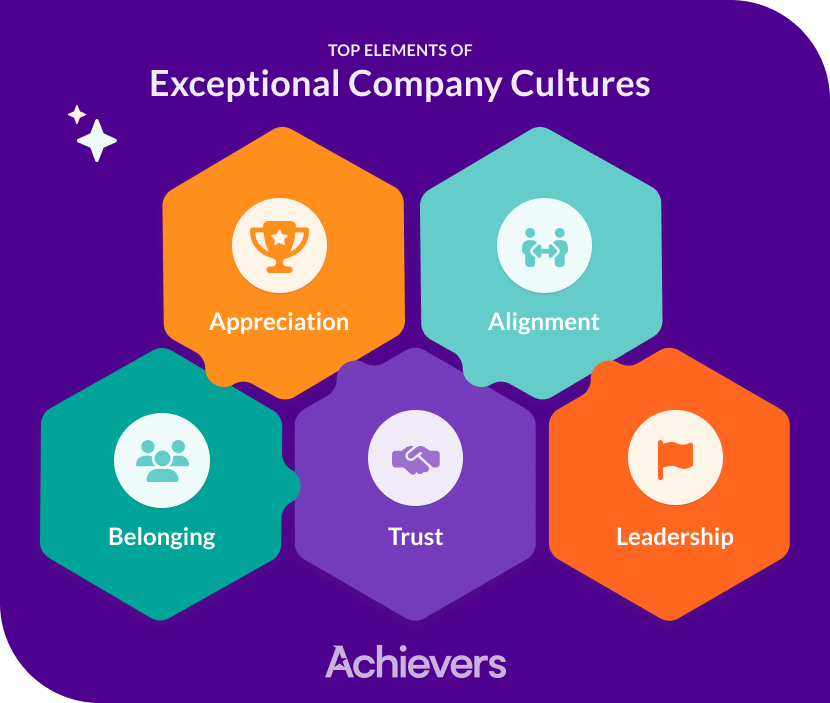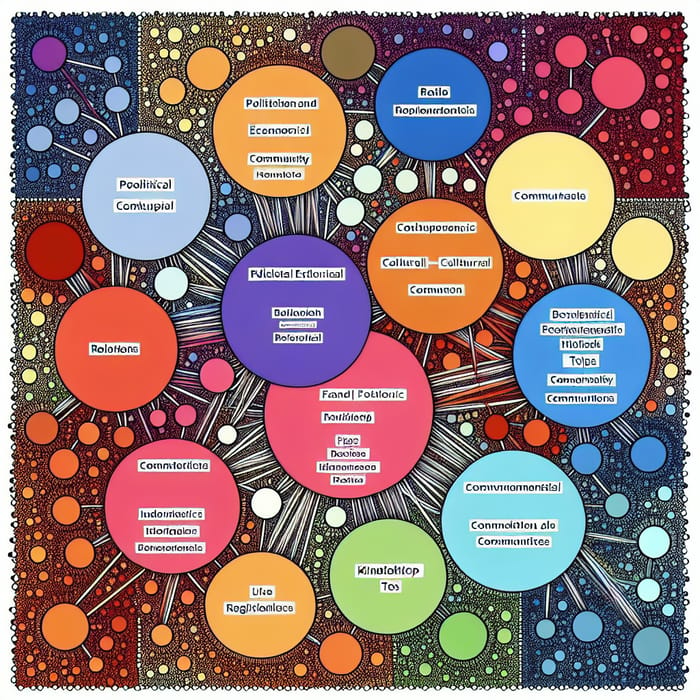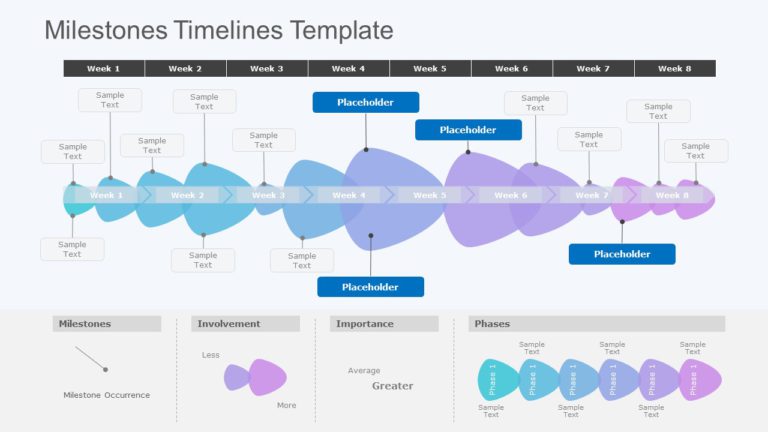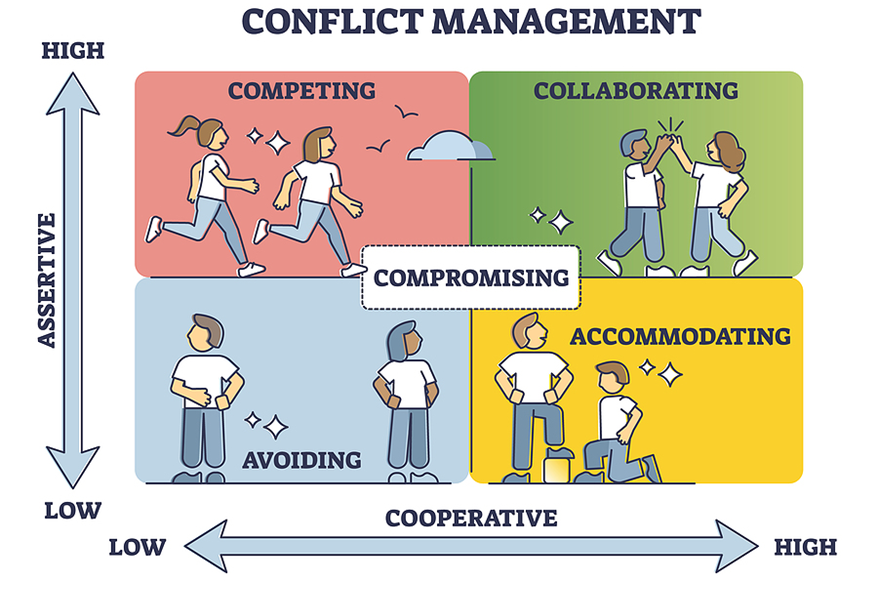Mastering Your First 90 Days: The Three Cs Framework for New Job Success
A strategic approach to navigating professional transitions and accelerating your impact in a new role
Understanding the Three Cs Framework for Career Transitions
When I started my last role, I felt overwhelmed by the sheer amount of information coming my way. That's when I discovered the Three Cs Framework, which completely transformed my approach to professional transitions. This powerful tool provides structure during what can otherwise be a chaotic and ambiguous onboarding phase.

The Three Cs Framework has been adapted across various professional contexts, but its core principles remain consistent. Originally developed as a business analysis tool for companies to understand their position in the marketplace, I've found it equally valuable for individuals navigating career transitions. While the original framework focused on Company, Customers, and Competitors, our adaptation transforms it into a personal career navigation system.
What makes this framework particularly effective is how it creates structure during the inherently ambiguous "onboarding phase" – those critical first 90 days where impressions are formed and foundations for future success are established. By focusing on these three key areas, you can transform overwhelming complexity into manageable action steps.
The Three Cs Framework Components
Understanding the relative importance of each component during your transition:
I've discovered that visualizing your Three Cs strategy significantly accelerates integration and success. When you can see how these elements interact and evolve over your first 90 days, you gain clarity about where to focus your energy at each stage of your transition. This is where tools like PageOn.ai become invaluable – they allow you to transform abstract concepts into clear visual roadmaps that guide your daily actions.
Let's explore each of the Three Cs in detail and how you can leverage them to master your first 90 days in a new role. I'll share the strategies that have worked for me and my clients across diverse industries and career levels.
First C: Company Culture & Context
The first C focuses on understanding the environment you've just entered. In my experience, conducting a thorough environmental analysis of your new workplace is essential for quick adaptation. This goes beyond the formal orientation materials and extends to the unwritten rules that actually drive success.

I recommend starting by identifying the communication styles that prevail in your new workplace. Is information shared primarily through formal channels or casual conversations? Do people prefer email, messaging apps, or in-person discussions? Understanding these patterns helps you align your communication approach with organizational expectations.
Next, focus on mapping key stakeholders and understanding reporting relationships. This isn't just about memorizing the organizational chart – it's about discerning the informal influence networks that often matter more than formal hierarchies. When I joined my current organization, I created a stakeholder map that identified not just who reported to whom, but who had influence over decisions relevant to my role.
Stakeholder Mapping Approach
A strategic method for understanding the influence landscape in your new organization:
flowchart TD
A[Identify Key Stakeholders] --> B[Map Formal Relationships]
B --> C[Discover Informal Influence]
C --> D[Assess Communication Preferences]
D --> E[Determine Decision-Making Style]
E --> F[Identify Pain Points & Priorities]
style A fill:#FF8000,color:white
style B fill:#FF9933,color:white
style C fill:#FFAD66,color:black
style D fill:#FFC299,color:black
style E fill:#FFD6CC,color:black
style F fill:#FFEBCC,color:black
To effectively visualize these organizational structures and relationships, I've found PageOn.ai's AI Blocks feature incredibly useful. It allows me to create modular visual maps that show both formal and informal connections, making it easier to navigate complex organizational dynamics. These visualizations have helped me quickly identify the key players I needed to connect with during my first few weeks.
Another critical aspect of understanding company context is recognizing pain points where you can add immediate value. When I start a new role, I make it a priority to identify challenges that:
- Align with my expertise and strengths
- Are causing significant frustration for my manager or team
- Can be addressed relatively quickly (within the first 30 days)
- Will be visible to key stakeholders
Company Culture Assessment Dimensions
Key areas to evaluate when understanding your new workplace culture:
By focusing on these areas, I'm able to demonstrate value quickly while continuing to build a deeper understanding of the company culture. This approach has consistently helped me establish credibility early in my tenure, which creates a positive foundation for the rest of my onboarding journey. Remember, understanding company culture isn't just about fitting in – it's about finding where and how you can make your unique contribution while respecting established norms.
Second C: Competencies & Capabilities
The second C focuses on your skills and knowledge – both what you bring to the role and what you need to develop. I've found that honestly assessing my existing skills against new role requirements is a crucial first step. This isn't about being self-critical but rather about creating clarity around your development priorities.

When I start a new position, I create a skills matrix that includes:
- Technical skills specific to the role
- Industry knowledge relevant to the company
- Soft skills emphasized in the organization
- Systems and tools used by the team
For each item, I rate my current proficiency and the importance of that skill to my new role. This helps me identify critical knowledge gaps that need immediate attention. In my last transition, I discovered that while my technical skills were strong, I needed to quickly build industry-specific knowledge to contextualize my work effectively.
Competency Gap Analysis
Sample assessment of current skills versus required proficiency:
Once I've identified my development areas, I create a personalized learning roadmap for my first 90 days. This includes specific resources, training opportunities, and people who can help me build the needed competencies. I've found that writing SMART goals for work is essential here – each learning objective needs to be Specific, Measurable, Achievable, Relevant, and Time-bound.
PageOn.ai's Deep Search feature has been invaluable for visualizing my competency development journey. It helps me integrate relevant learning resources into a coherent visual map, showing how different skills connect and build upon each other. This visual approach has made my learning process more strategic and efficient.
90-Day Competency Development Roadmap
Strategic approach to building critical skills in your first three months:
gantt
title 90-Day Competency Development Timeline
dateFormat YYYY-MM-DD
section Technical Skills
Learn Company Systems :a1, 2023-01-01, 14d
Master Analysis Tools :a2, after a1, 21d
Advanced Technique Training:a3, after a2, 30d
section Industry Knowledge
Company Product Training :b1, 2023-01-01, 10d
Industry Trends Research :b2, after b1, 21d
Competitor Analysis :b3, after b2, 14d
section Soft Skills
Team Dynamics Workshop :c1, 2023-01-15, 7d
Presentation Skills :c2, 2023-02-01, 14d
Leadership Development :c3, 2023-03-01, 21d
I've learned that connecting my SMART goals to competency development milestones creates accountability and momentum. For each key competency I need to develop, I establish clear markers of progress and specific dates for achievement. This approach has helped me maintain focus on my development priorities even as day-to-day work demands increase.
Remember that competency development isn't just about addressing weaknesses – it's also about leveraging and showcasing your existing strengths. I always look for opportunities to apply my core competencies to address organizational challenges, which helps me build credibility while I develop in other areas. This balanced approach to the second C has consistently helped me demonstrate value while continuing to grow professionally.
Third C: Connections & Collaborations
The third C focuses on building the relationships that will support your success. In my experience, strategic relationship-building across departments and hierarchies is one of the most important investments you can make during your first 90 days. These connections become your information network, support system, and collaboration partners.

I approach relationship-building with intention by developing a networking plan for my first three months. This plan identifies key people I need to connect with, categorized by:
- Direct team members and immediate collaborators
- Cross-functional partners whose work intersects with mine
- Senior leaders and decision-makers who influence my area
- Subject matter experts who can provide specialized knowledge
- Potential mentors who can offer guidance and context
For each person, I consider what value I can offer them as well as what I hope to learn. This reciprocal mindset has been crucial for building authentic relationships rather than transactional interactions. I've found that work planning strategies that incorporate relationship-building as a core component tend to be more successful in the long run.
Strategic Relationship Building Priority Matrix
Balancing relationship development across organizational dimensions:
PageOn.ai has been particularly helpful for creating engaging visual introduction materials that showcase my background and value. When I meet with new colleagues, I can share visually compelling information about my experience, skills, and interests that makes these initial conversations more memorable and productive.
I've developed several techniques for making one-on-one meetings more meaningful and trust-building:
Effective One-on-One Meeting Structure
A framework for building trust and gathering insights in initial meetings:
flowchart TD
A[Brief Personal Introduction] --> B[Express Interest in Their Role]
B --> C[Ask About Their Challenges]
C --> D[Identify Overlap/Collaboration Areas]
D --> E[Offer Specific Help/Value]
E --> F[Establish Next Connection Point]
style A fill:#FF8000,color:white
style B fill:#FF9933,color:white
style C fill:#FFAD66,color:black
style D fill:#FFC299,color:black
style E fill:#FFD6CC,color:black
style F fill:#FFEBCC,color:black
These structured conversations help me gather valuable insights while also demonstrating my collaborative approach. I make sure to follow up after each meeting with a brief thank-you note that references specific points from our discussion, which reinforces the connection.
The third C is ultimately about creating your support network and collaboration ecosystem. I've found that investing time in relationship-building during the first 90 days pays dividends throughout my tenure in a role. These connections become the foundation for future collaborations, problem-solving partnerships, and career development opportunities. As you develop your connections strategy, remember that quality matters more than quantity – focus on building meaningful relationships with key stakeholders rather than superficial interactions with everyone.
Implementation: Your Three Cs Action Plan
With an understanding of the Three Cs, it's time to create a concrete action plan. I've found that developing a week-by-week roadmap for my first 90 days provides the structure needed to make consistent progress across all three dimensions. This roadmap becomes my north star during the often chaotic onboarding period.

When creating your action plan, I recommend balancing quick wins with long-term strategic positioning. Quick wins build credibility and momentum, while strategic positioning sets you up for sustained success. My approach typically includes:
- 1-2 high-visibility deliverables for the first 30 days
- Key relationship-building targets for each week
- Learning milestones tied to critical competencies
- Regular reflection points to assess progress and adjust course
Establishing measurable milestones for each of the Three Cs ensures balanced progress. For Company Culture, milestones might include completing stakeholder maps or identifying unwritten rules. For Competencies, they could involve mastering specific systems or completing training modules. For Connections, milestones might track key relationship-building meetings or collaborative projects initiated.
90-Day Implementation Timeline
Integrated approach to the Three Cs across your first three months:
gantt
title Three Cs Implementation Roadmap
dateFormat YYYY-MM-DD
section Company Culture
Observe Communication Patterns :a1, 2023-01-01, 10d
Map Key Stakeholders :a2, 2023-01-05, 14d
Identify Unwritten Rules :a3, 2023-01-15, 14d
Align with Strategic Priorities:a4, 2023-02-01, 21d
section Competencies
Skills Gap Assessment :b1, 2023-01-03, 7d
Create Learning Plan :b2, after b1, 7d
Complete Priority Training :b3, after b2, 21d
Apply New Skills to Project :b4, after b3, 28d
section Connections
Meet Direct Team Members :c1, 2023-01-01, 10d
Connect with Cross-Functional :c2, 2023-01-10, 21d
Establish Mentor Relationship :c3, 2023-02-01, 14d
Join Strategic Committees :c4, 2023-02-15, 30d
I've found that transforming this action plan into a visual timeline using PageOn.ai's intuitive interface makes it easier to track progress and communicate my onboarding strategy to my manager. The visual format helps identify potential conflicts or overcommitments before they become problems, allowing for proactive adjustments to the plan.
Regular progress tracking is essential for successful implementation. I schedule weekly reflection sessions to assess my advancement across the Three Cs and adjust my approach as needed. This might involve reprioritizing certain relationships, accelerating skill development in unexpected gap areas, or adapting to new cultural insights as they emerge.
Three Cs Progress Tracking
Sample visualization of progress against key milestones:
Remember that your Three Cs action plan should be a living document that evolves as you gain more insights about your role and organization. I've found that the most successful transitions involve a balance of structured planning and adaptive responsiveness – having a clear framework while remaining flexible enough to capitalize on unexpected opportunities or address emerging challenges.
Common Challenges & Solutions
Even with a solid Three Cs framework in place, I've encountered various challenges during professional transitions. One of the most common is navigating conflicting expectations from different stakeholders. When my manager, peers, and cross-functional partners all have different ideas about my priorities, it creates tension and confusion.

To address this challenge, I've developed a stakeholder alignment approach:
- Document different expectations as they emerge
- Identify areas of overlap and conflict
- Facilitate a conversation with key stakeholders to establish priorities
- Create a shared document that outlines agreed-upon expectations and timelines
- Schedule regular check-ins to reassess and adjust as needed
Another challenge I've faced is discovering that the company culture differs significantly from what was described during the interview process. This can be disorienting and make it difficult to adapt. When I encountered this situation, I found it helpful to:
- Observe carefully before making judgments
- Find a trusted colleague who can provide cultural context
- Identify aspects of the culture that align with my values and focus on those
- Adapt my communication style while maintaining my core principles
- Bring positive elements from my previous experiences without criticizing current practices
Common Transition Challenges
Frequency and impact of typical obstacles during the first 90 days:
Information overload is another significant challenge during the onboarding process. When I'm bombarded with new names, processes, acronyms, and expectations, it can be overwhelming. I've found that using PageOn.ai to create clarity from complexity has been invaluable in these situations. The platform allows me to organize information visually, creating meaningful connections between concepts that would otherwise feel disconnected.
Maintaining confidence while in the "learning zone" can also be challenging. It's natural to feel a dip in confidence when transitioning to a new role where your expertise is untested. I've developed several techniques to maintain a positive mindset during this phase:
Confidence Maintenance Strategies
Techniques for maintaining professional confidence during transition periods:
mindmap
root((Confidence Strategies))
Document Small Wins
Keep success journal
Celebrate milestones
Leverage Known Strengths
Apply proven skills
Volunteer in strength areas
Structured Learning
Break down complex topics
Set achievable goals
Seek Feedback
Ask clarifying questions
Request specific input
Self-Care Practices
Maintain work-life balance
Practice positive self-talk
By anticipating these common challenges and having strategies ready to address them, I've been able to navigate transitions more smoothly. Remember that challenges during the first 90 days are normal and expected – they don't reflect on your capabilities or potential for success in the role. With the right approach and support tools like PageOn.ai, you can transform these challenges into opportunities for growth and learning.
Measuring Success Beyond the First 90 Days
As you approach the end of your first 90 days, it's important to establish how you'll measure success going forward. I've found that establishing meaningful performance indicators for each of the Three Cs helps maintain momentum and focus as you transition from "new employee" to valued contributor.
For Company Culture, success indicators might include:
- Active participation in cultural initiatives and team events
- Alignment of your work with strategic organizational priorities
- Positive feedback about your cultural integration from colleagues
- Ability to navigate organizational politics effectively
For Competencies, consider measuring:
- Proficiency levels in key technical skills required for your role
- Completion of identified training and development activities
- Application of new knowledge to solve work challenges
- Recognition as a resource in your areas of expertise
For Connections, success might be reflected in:
- Quality and breadth of your professional network within the organization
- Number of cross-functional collaborations initiated or joined
- Establishment of mentoring relationships (both receiving and providing)
- Inclusion in important discussions and decision-making processes
Success Metrics Evolution
How key performance indicators change over time:
Creating feedback loops with supervisors and peers is essential for ongoing success. I schedule regular check-ins with my manager to review progress, address challenges, and align on priorities. I also seek informal feedback from colleagues to gain diverse perspectives on my integration and impact. These conversations help me identify blind spots and continuously refine my approach.
I've found that documenting my journey and accomplishments is invaluable for future career advancement. By keeping a structured record of challenges overcome, skills developed, and contributions made, I create a powerful resource for performance reviews, promotion discussions, and even free AI resume builders when updating my professional materials.
PageOn.ai's data integration capabilities have been particularly helpful for visualizing my progress and impact. The platform allows me to create compelling visual narratives that showcase my journey from new team member to valued contributor. These visualizations make it easier to communicate my value to stakeholders and celebrate milestones along the way.
Transition from New Employee to Valued Contributor
The evolution of your role and impact over time:
flowchart LR
A[Observer\n& Learner] --> B[Quick Win\nContributor]
B --> C[Reliable\nTeam Member]
C --> D[Problem\nSolver]
D --> E[Strategic\nContributor]
E --> F[Organizational\nAsset]
style A fill:#FFEBCC,color:black
style B fill:#FFD6CC,color:black
style C fill:#FFC299,color:black
style D fill:#FFAD66,color:black
style E fill:#FF9933,color:white
style F fill:#FF8000,color:white
The Three Cs Framework provides structure not just for your first 90 days, but for continued growth throughout your tenure. By regularly reassessing your understanding of company culture, developing your competencies, and expanding your connections, you create a foundation for long-term success. The transition from "new employee" to valued contributor happens gradually, but with intentional focus on the Three Cs, you can accelerate this process and maximize your impact in your new role.
Transform Your Career Transition with PageOn.ai
Create stunning visual roadmaps, competency frameworks, and networking strategies that accelerate your success in new roles.
Start Creating with PageOn.ai TodayYour Path to Success: The Three Cs in Action
Throughout this guide, I've shared how the Three Cs Framework can transform your approach to professional transitions. By focusing on Company Culture, Competencies, and Connections, you create a comprehensive strategy for navigating the complexities of a new role.
The power of this framework lies in its adaptability. Whether you're joining a startup or an established enterprise, moving into a leadership position or transitioning to a new functional area, the Three Cs provide a structured approach that can be customized to your specific situation. I've seen this framework work effectively across industries and career stages.
As you implement the Three Cs Framework, remember that visualization is a powerful accelerator. When you can see the connections between organizational stakeholders, track your competency development visually, or map your relationship-building strategy, you gain clarity that drives effective action. This is where company ai transformation roadmap tools like PageOn.ai become invaluable partners in your transition journey.
I encourage you to start implementing the Three Cs Framework today, regardless of where you are in your current transition. If you're preparing for a new role, use this time to create your 90-day plan. If you've recently started a position, assess your progress across the Three Cs and adjust your approach accordingly. And if you're well into your current role but feeling stuck, revisit these principles to identify areas where you can strengthen your foundation.
Remember that career transitions are both challenges and opportunities. With the right framework and tools, you can transform the uncertainty of a new beginning into a platform for exceptional performance and professional growth. The Three Cs Framework provides that structure, and PageOn.ai offers the visualization capabilities to bring it to life in powerful, actionable ways.
You Might Also Like
Mastering FOMO Psychology: Creating Irresistible Business Pitch Strategies | PageOn.ai
Learn how to leverage FOMO psychology in your business pitches to drive urgent action. Discover proven strategies for creating authentic scarcity, exclusivity, and urgency that converts.
Audience-Centered Pitching Techniques: Visual Strategies That Win Every Time
Discover powerful audience-centered pitching techniques using visual storytelling, interactive engagement, and benefit visualization strategies that consistently win over any audience.
Beyond "Today I'm Going to Talk About": Creating Memorable Presentation Openings
Transform your presentation openings from forgettable to captivating. Learn psychological techniques, avoid common pitfalls, and discover high-impact alternatives to the 'Today I'm going to talk about' trap.
From Status Quo to Solution: Crafting the Perfect Pitch Narrative Arc | PageOn.ai
Learn how to transform your business presentations with powerful status quo to solution narratives. Discover visual storytelling techniques that captivate investors and stakeholders.
